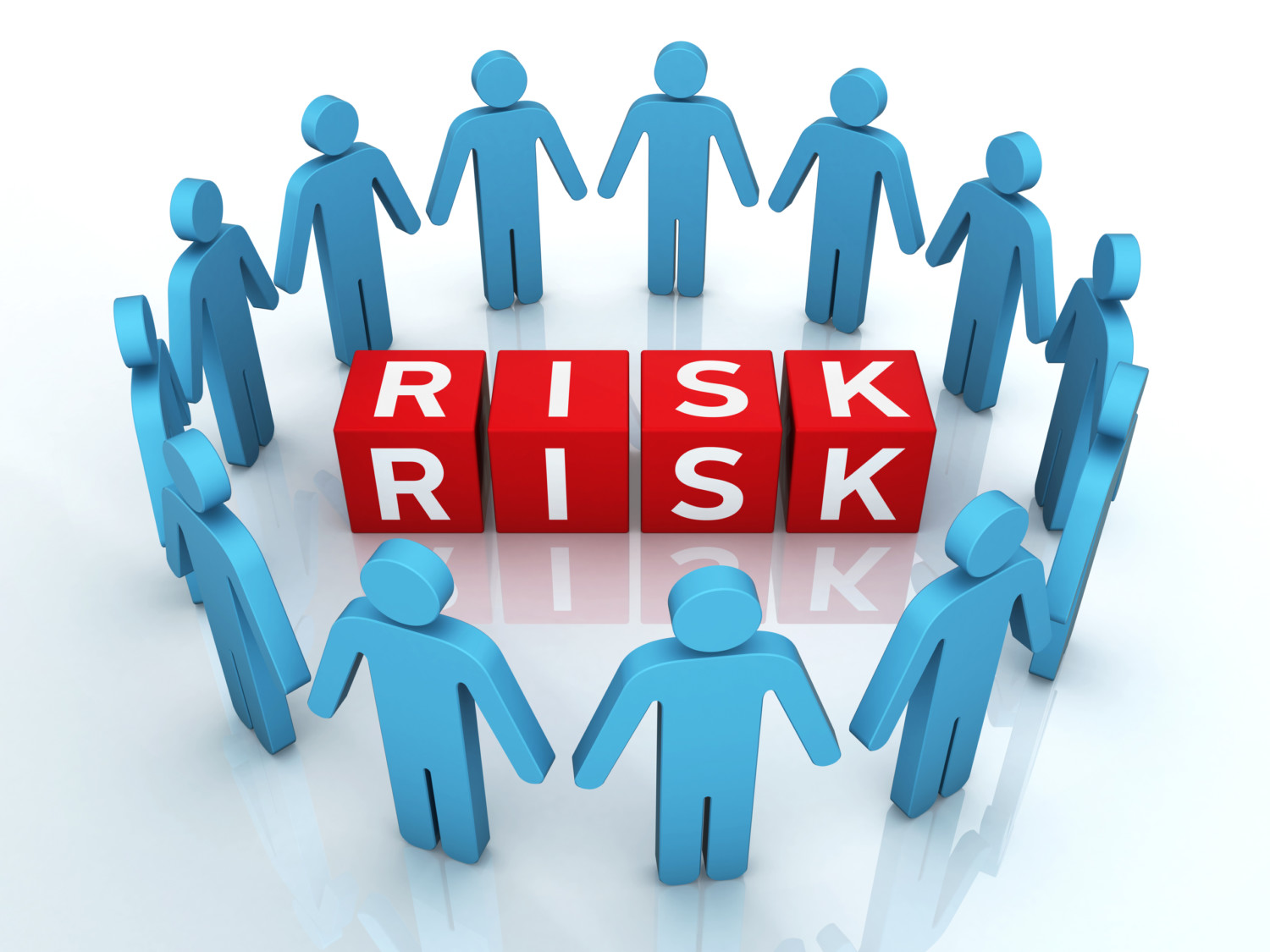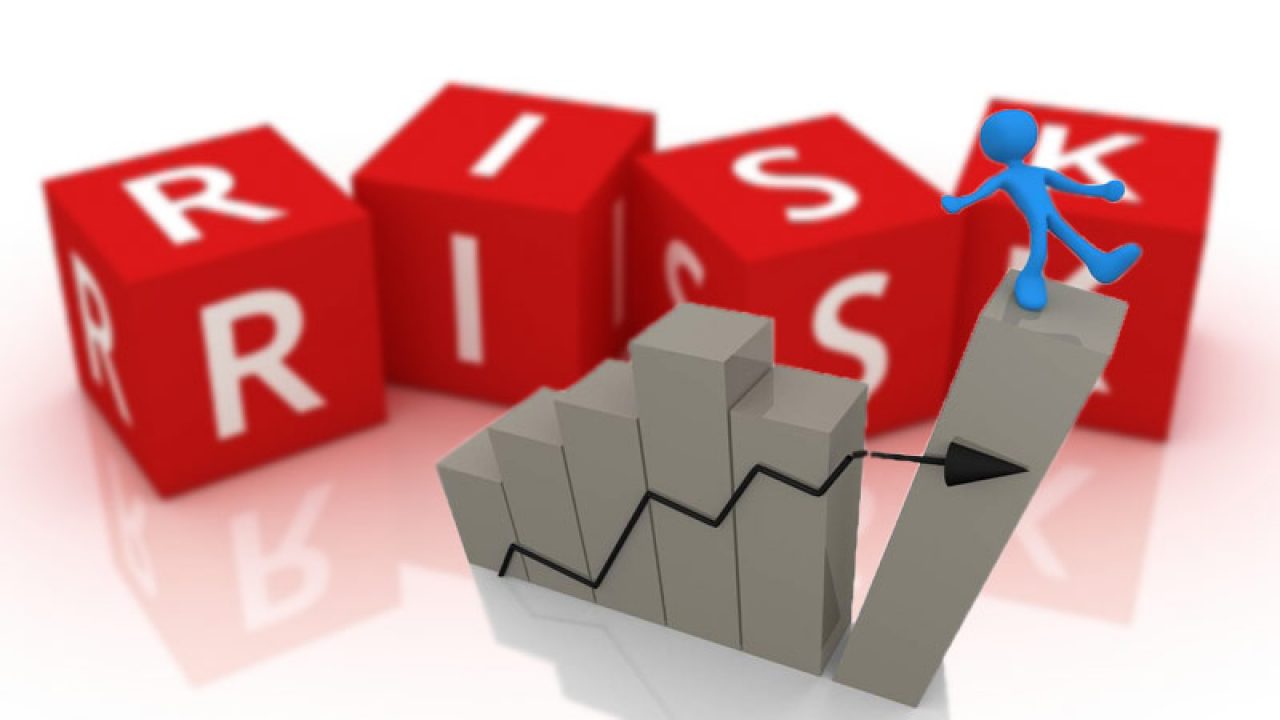What is risk management?
According to research data conducted by European businesses, the impact of a serious risk event in a company can have the following consequences:
Employee productivity affected by 6.2%
Operational efficiency is affected by 59%
Employee safety is affected by 29%
Competitive differentiation is affected by 29%
Brand and reputation affected 28%
Therefore, for a long time, risk management in enterprises has always been a difficult problem to find a suitable solution for each company in each different field.
Risk management is the process of identifying, assessing and helping control threats to an organization's capital, income, and investment decisions.
These threats and risks stem from fluctuations in finance, liability as well as negligence in strategic management, accidents, natural disasters, etc. In this event, each company or individual can actively plan to respond in advance – instead of passively reacting when the situation occurs.

Why is it important to manage risk in your company?
A comprehensive risk management strategy will help companies build the necessary processes to avoid potential threats, minimize the impact when a negative event occurs. The ability to analyze as well as control risks will allow leaders to be more confident in company decisions, helping the company achieve its goals.
When risk management in a good enterprise will reap the following benefits:
• Create a safe and secure working environment for employees and customers.
• Increase stability in company activities, while reducing the burden of liability.
• Preventing impacts from adverse events for the company.
• Establish your organization's insurance needs to save on unnecessary premiums.
Types of risks in company
Risks that can be avoided
This type of risk often arises within the organization, the company needs to avoid or find measures to eliminate completely. This type of risk usually includes illegal, unethical behavior or encountering problems in the course of running the business. However, that does not mean that companies need to tighten too much, sometimes we should be more "loose" with the shortcomings / errors of employees - Especially when the above problems do not cause too much damage. great.
However, this type of risk still needs to be eliminated. Having a short-term profit from misbehavior can have a huge impact on the long-term performance of companies.
To be able to manage this type of corporate risk, we need to actively prevent and find the most intelligent direction. First of all, the company or organization can draft operational guidelines within an internal framework. From there, it stipulates what behaviors are or are not allowed to be performed at the company. Each organization or company based on that creates its own regulations to suit the nature and culture of each company.
Strategy risks
It can be said that this is the type of risk that companies voluntarily accept in order to achieve a certain profit.
For example: The bank will bear credit risk when lending money; or more companies accept the risk of loss when carrying out activities related to research and development (R&D).
In contrast to avoidable risks, strategic risks are often part of a business strategy. To achieve the highest profit, companies are forced to accept risks to see it as the driving force to capture market advantages.
To be able to manage company risks, we cannot do it based on everyday rules. Instead, each company needs to create a perfect system to be able to manage individual risks. This helps to reduce the probability and side effects caused.
If the company performs well, this is the basis for companies to be willing to participate in risky business decisions to reap the potential profit it deserves.
Risks from the outside
This type of risk arises from objective external events. They usually have ability to control and influence the operations of the company. Some examples can be mentioned such as: natural disasters, global epidemics, unstable political situation, fluctuations in the macro economy, etc.
Therefore, risk management of this type often requires companies to design a different approach. Management will not be able to influence these events, so it's important to focus first on identifying hazards as early as possible – thereby developing a plan to minimize their impact.
Rigid rule-based management is not effective in preventing external risks. Open and transparent dialogue is the recommended solution for corporate risk management. However, this is extremely difficult for "classic" companies, which have been operating for a long time and tend to be "conservative" when making decisions.

The secret to strategic risk management
Consult an independent expert
Currently, many companies face high internal risks when trying to pursue long-term development projects, which are too complicated and expensive. But since this is an inevitable part of projects, the underlying risks will likely only grow slowly over time. And with the above case, enterprise risk management can be handled at the project level.
For example, JPL (Jet Propulsion Laboratory is a research and development center funded by the federal government of the United States, is a center of expertise in the field of jet propulsion of NASA) has establish a risk assessment committee consisting of independent technical experts to evaluate the designs and reduce risks of project engineers.
This analysis occurs periodically throughout the product development cycle. Because the risks that occur often rarely change. And the evaluation council only needs to meet 1-2 times a year with the project leader and the head of the evaluation committee meeting quarterly.
In addition, JPL also promotes the construction of contingency funds to ensure full handling of arising problems. All estimates and projections are made extremely carefully to ensure the level of success of the company.
Create a risk management team from departmental staff
The financial services industry has always faced unique challenges – due to asset market volatility especially the potential impacts of decentralized investor decisions. A bank's investment risk can change dramatically with a single transaction or large market volatility.
In this case, enterprise risk management requires a team of experts to continuously monitor and influence the management process.
Private bank JP Morgan adopted this model in 2007, when the global economic crisis hit. This team of experts will report to the CEO and the risk management department. Since then, many possible situations have been raised and the problem is viewed from many different angles. The collected data will provide them with effective problem-solving solutions.
Enterprise risk management has never been easy. To ensure this work is proactive and cost-effective, managers need to have systematic and lucid thinking from which to come up with a suitable strategy for each type of risk. Hopefully, with a cool head, being alert to risks will not become an obstacle, stopping businesses on their way to success.












Replies to This Discussion